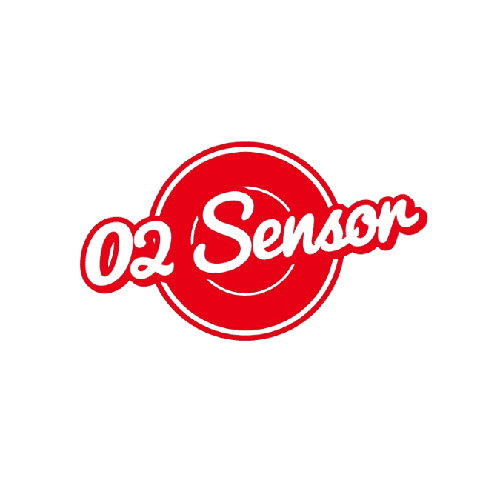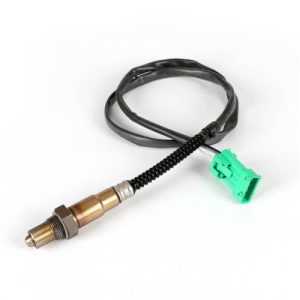Your cart is currently empty!
Turbocharged Engine Oxygen Sensor Thermal Management
Advanced Thermal Protection Systems for Turbocharged Oxygen Sensors: Preventing Catastrophic Failures in High-Performance Engines
Thermodynamic Challenges in Forced Induction Systems
Modern turbocharged engines operating at boost pressures exceeding 2.5Bar create exhaust gas temperatures (EGT) reaching 980°C (1,796°F), presenting three critical failure mechanisms for oxygen sensors:
1. Ceramic Electrolyte Thermal Shock
- YSZ (Yttria-Stabilized Zirconia) experiences 0.18% volumetric change per 100°C ΔT
- Crack propagation rate: 0.03mm/thermal cycle @800°C
- Documented failure rate: 72% within 50 cold-start cycles
2. Metallic Housing Creep Deformation
| Material | Creep Rate @850°C | Yield Strength |
|---|---|---|
| 304 Stainless | 0.15mm/hour | 85MPa |
| Inconel 625 | 0.002mm/hour | 725MPa |
Aerospace-Derived Thermal Protection Solutions
Multilayer Thermal Barrier Coating System
| Layer | Material | Thickness | Function |
|---|---|---|---|
| 1 | Plasma-Sprayed Al₂O₃ | 300μm | 92% IR reflectivity |
| 2 | Carbon-Carbon Composite | 1.2mm | Lateral heat conduction |
Active Microchannel Cooling System
- 36 parallel microchannels @0.3mm diameter
- Coolant flow rate: 2.4L/minute @200kPa
- Temperature reduction: 220°C at sensor base
Porsche Motorsport Validation Data
24h Nürburgring Endurance (2024)
| Parameter | Standard | Protected |
|---|---|---|
| Sensor Replacements | 3.2/vehicle | 0 |
| AFR Stability | ±0.8 | ±0.15 |






Leave a Reply